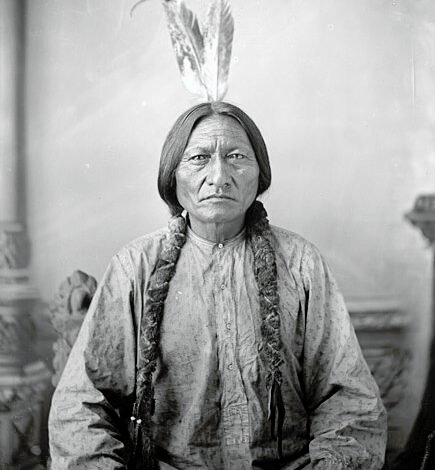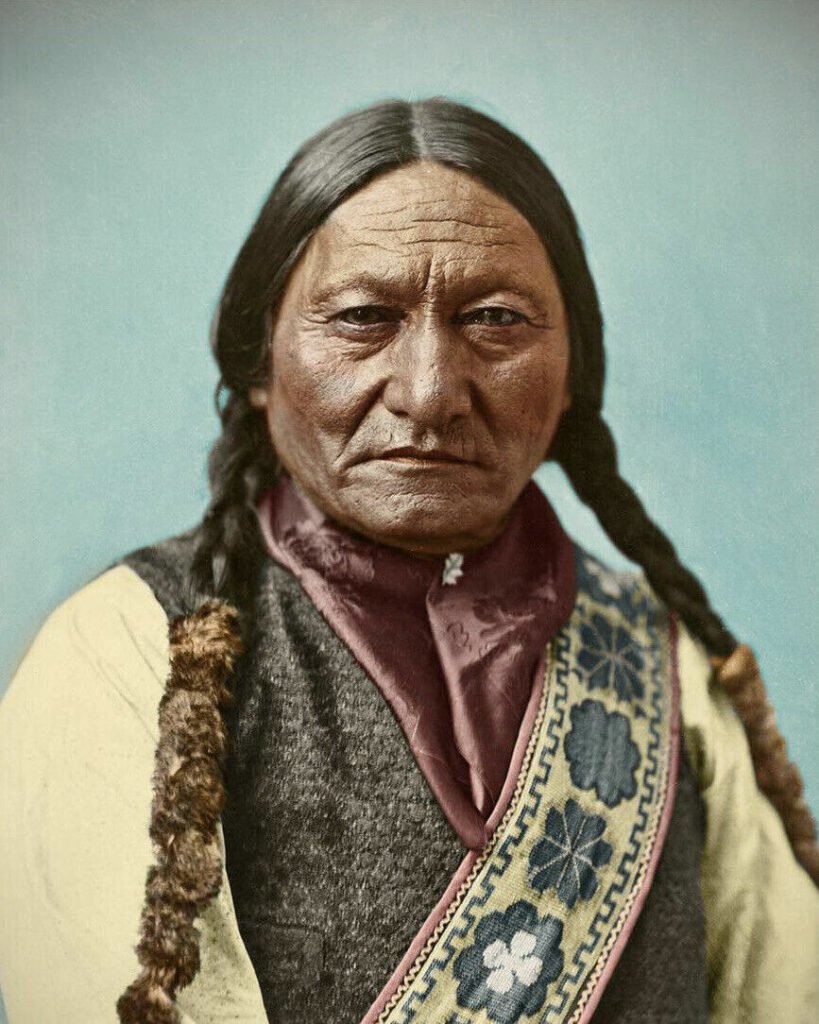Sitting Bull’s Vision for His People: A Legacy of Unity and Resilience

Introduction to Sitting Bull
Sitting Bull was no ordinary figure in Native American history. Born around 1831 in what is now South Dakota, he would rise to become one of the most revered leaders of the Hunkpapa Lakota Sioux. Known for his bravery, wisdom, and unwavering dedication to his people, Sitting Bull’s life was a testament to the struggles and triumphs of the Native American tribes during a period of relentless colonization and conflict. This blog aims to explore Sitting Bull’s visionary leadership, his enduring legacy, and how his vision continues to resonate today.
Sitting Bull’s Vision
Sitting Bull was more than just a war leader; he was a visionary. His vision for his people encompassed themes of unity, cultural preservation, and the protection of their sacred lands. He believed in the strength of unity among the Sioux and allied tribes, understanding that only by standing together could they resist the encroachment of settlers and the U.S. government. He also emphasized the importance of maintaining their cultural heritage, traditions, and spiritual practices, which he saw as vital to the identity and resilience of his people.
Furthermore, Sitting Bull was a staunch advocate for land rights. He envisioned a future where his people could live freely on their ancestral lands without the threat of displacement. This vision was not just about physical territory but also about the spiritual connection his people had with the land—a connection that sustained their way of life for generations.
The Battle of the Little Bighorn
One of the most defining moments in Sitting Bull’s life was the Battle of the Little Bighorn, also known as Custer’s Last Stand, in 1876. This confrontation was a direct result of the U.S. government’s attempts to force the Sioux onto reservations and open their lands to white settlers. Sitting Bull, along with other leaders like Crazy Horse, galvanized a coalition of tribes to defend their territory.
In the lead-up to the battle, Sitting Bull performed a Sun Dance ritual, during which he had a vision of soldiers falling into his camp like grasshoppers. Interpreting this vision as a sign of victory, he inspired his warriors with renewed courage. The ensuing battle saw the annihilation of Lieutenant Colonel George Custer and his forces, marking a significant, albeit temporary, victory for the Native American resistance.
The Battle of the Little Bighorn was a powerful manifestation of Sitting Bull’s vision for his people. It demonstrated their ability to unify against a common threat and underscored the importance of defending their land and way of life.
Legacy of Sitting Bull
Sitting Bull’s legacy extends far beyond his military victories. His vision and leadership have left an indelible mark on the quest for indigenous rights. Even after his assassination in 1890, Sitting Bull’s spirit continued to inspire subsequent generations of Native Americans. His advocacy for cultural preservation and land rights became foundational principles for many indigenous movements throughout the 20th and 21st centuries.
Organizations fighting for indigenous rights often invoke Sitting Bull’s name and legacy as a symbol of resistance and resilience. His life’s work has become a guiding light for advocates striving to protect sacred lands, preserve cultural heritage, and secure legal recognition and rights for indigenous peoples.

Reflection
In today’s context, Sitting Bull’s vision remains profoundly relevant. The fight for indigenous rights continues, with many tribes still battling for sovereignty, land reclamation, and cultural preservation. Environmental conservation movements also draw inspiration from indigenous leaders like Sitting Bull, recognizing the deep, symbiotic relationship between indigenous peoples and their environment.
Sitting Bull’s emphasis on unity is particularly pertinent in our modern era. In a world increasingly divided by political, social, and economic disparities, his call for solidarity and collective action offers a timeless lesson. His vision encourages us to seek common ground and work together towards shared goals, whether in the fight for indigenous rights or broader societal challenges.
Conclusion
Sitting Bull’s vision for his people was one of unity, resilience, and unyielding dedication to preserving their way of life. His leadership during the Battle of the Little Bighorn and his enduring legacy in the fight for indigenous rights serve as powerful reminders of the strength and spirit of Native American communities. Today, as we continue to confront issues of cultural preservation and environmental stewardship, Sitting Bull’s vision offers both inspiration and guidance. His legacy is not just a historical footnote but a living beacon for justice, unity, and resilience.
By understanding and honoring the vision of leaders like Sitting Bull, we can better appreciate the rich tapestry of Native American history and contribute to the ongoing efforts to protect and uplift indigenous communities. To learn more about the impact of Sitting Bull and the continued fight for indigenous rights, consider exploring further resources and joining in community efforts to support this vital cause.



